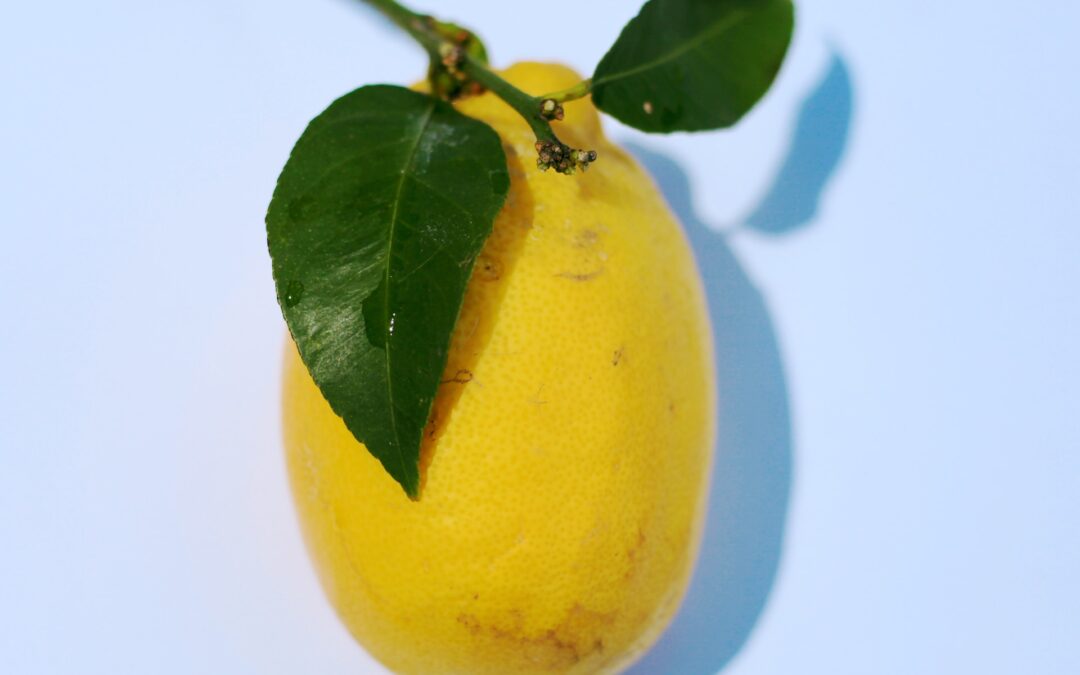A Slice of Citrus History
Citrus trees have played a significant role in human history, providing not only a burst of flavor in our diets but also a valuable source of vitamin C. Originating in Southeast Asia, these trees have traveled the globe, finding homes in the Mediterranean, the Americas, and beyond. Today, citrus trees are cultivated in various regions, thanks to their versatility and adaptability to different climate conditions. In this article, we will delve into the fascinating world of citrus trees and provide essential tips for growing and nurturing them.
The Citrus Family Tree
Citrus trees belong to the Rutaceae family, which consists of over 1600 species. The most popular and widely grown citrus fruits include oranges, lemons, limes, grapefruits, and tangerines. Each variety has its own unique characteristics, from the sweet and tangy taste of oranges to the zesty punch of lemons. In addition to these well-known fruits, there are also many lesser-known varieties, such as kumquats, calamansi, and yuzu, which offer a delightful mix of flavors and aromas.
Cultivating Citrus Success
Growing citrus trees can be a rewarding experience, as they not only yield delicious fruits but also enhance the beauty of your garden with their vibrant colors and fragrant blossoms. Here are some essential tips for cultivating your own citrus grove:
- Location, Location, Location: Citrus trees thrive in sunny spots with well-draining soil. Ensure your tree receives at least 6-8 hours of sunlight daily and avoid areas prone to waterlogging.
- Picking the Perfect Pot: If you don’t have ample garden space or live in colder regions, citrus trees can be grown in containers. Choose a pot with drainage holes and a size at least twice the size of the tree’s root ball.
- Feeding and Watering: Citrus trees require regular watering, particularly during the growing season. Allow the soil to dry out slightly between waterings, and avoid overwatering, which can lead to root rot. Feed your tree with a balanced, slow-release fertilizer specially formulated for citrus trees.
- Pruning and Training: To promote healthy growth and fruit production, prune your citrus tree to remove dead or diseased branches, crossing limbs, and any growth that obstructs sunlight. For container-grown trees, you may need to prune more aggressively to maintain a compact shape.
- Pest Control: Citrus trees can be susceptible to pests such as aphids, scale insects, and citrus leafminers. Keep an eye out for these pests and use eco-friendly methods, like introducing beneficial insects or using insecticidal soaps, to control infestations.
Citrus Trees for Every Taste
With so many varieties to choose from, there is a citrus tree to suit every taste and garden. For those who love the classic taste of oranges, consider the ‘Washington Navel’ or ‘Valencia’ varieties. If you prefer something zesty and tangy, the ‘Eureka’ or ‘Meyer’ lemon trees are excellent choices. For a more exotic flavor, try growing a ‘Kaffir’ lime or ‘Calamondin’ orange tree.
Embrace the vibrant and zesty world of citrus trees by adding one to your garden or patio. Not only will you be rewarded with delicious and nutritious fruits, but you’ll also enjoy the beauty and fragrance these trees bring to your outdoor space. Happy growing!
